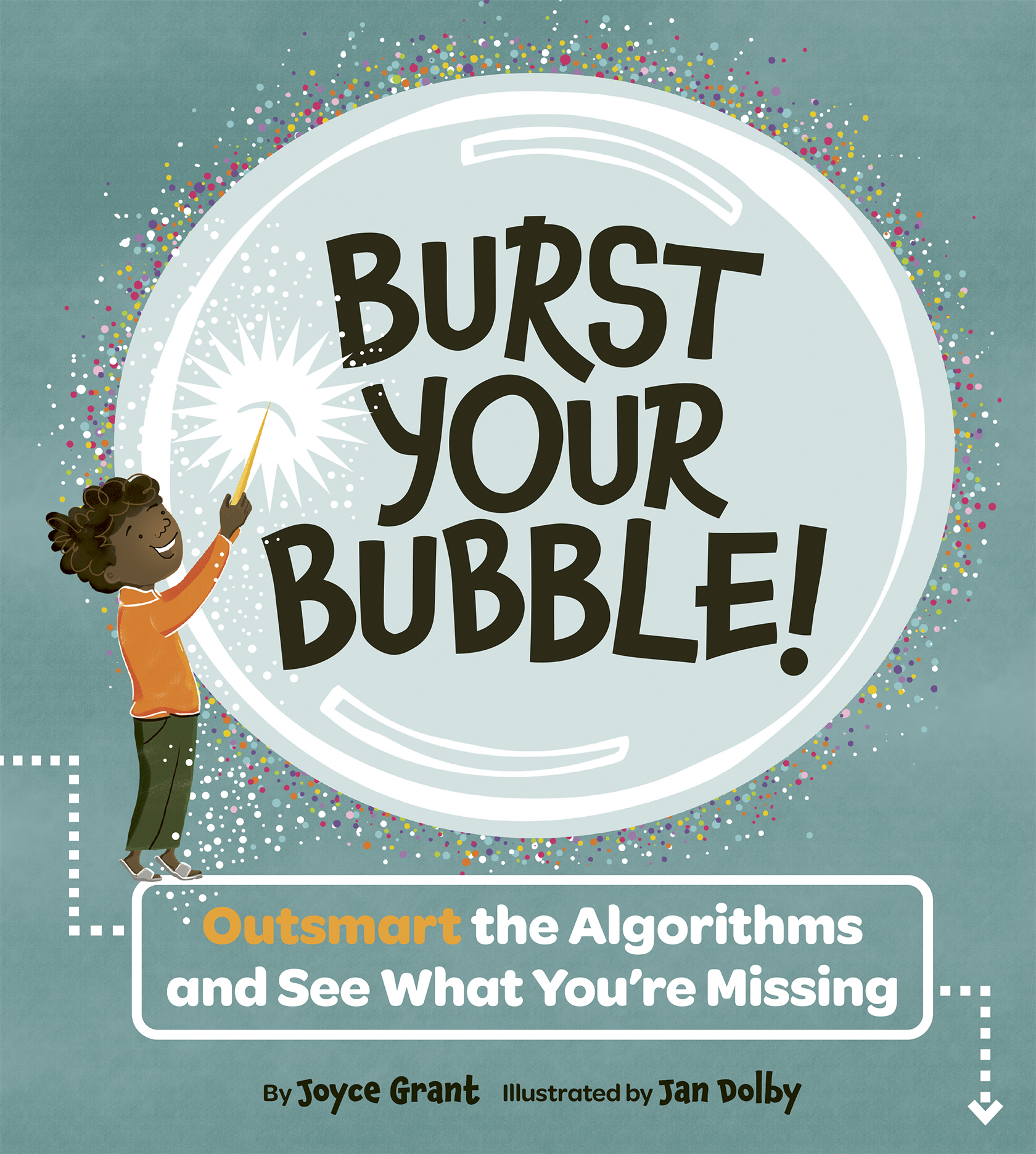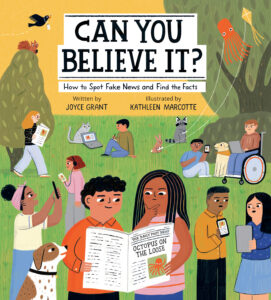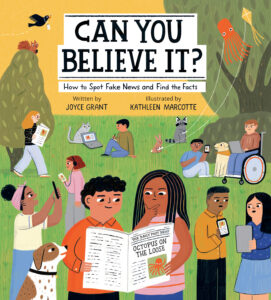
When Chris Hadfield was nine years old, he watched Apollo 11 land on the moon and decided he wanted to become an astronaut. That was in 1969, and about half a billion people around the world watched the same grainy images of the moon landing on TV.
It seems incredible, but with today’s technology and social media websites, people can see and hear what the astronauts are doing on the International Space Station (ISS) every day. We can watch videos of them, check out the view of Earth from the space station, and even have casual “conversations” with the astronauts.
Hadfield, the Canadian astronaut who arrived on the ISS on Dec. 21, 2012, is “tweeting” (sending messages via social media website Twitter) about his day-to-day life in space. Every day he sends short messages and photos about what he and the crew are doing. He also answers people’s tweeted questions. His twitter feed is @Cmdr_Hadfield.
These are some of Hadfield’s tweets:
Open the window cover and you suddenly see the harshly-lit Station against the velvet blackness of forever.
— Chris Hadfield (@Cmdr_Hadfield) December 30, 2012
on Space Station we don’t do laundry; it’s too water-intensive. We wear our clothes until dirty, then throw them away.
— Chris Hadfield (@Cmdr_Hadfield) December 30, 2012
we’re going 8 kilometres per second, but our internet is pretty slow. A space irony 🙂
— Chris Hadfield (@Cmdr_Hadfield) December 29, 2012
we exercise for 2 hrs every day, cardio and resistive. It is vital for our health, for spacewalks & for return to Earth.
— Chris Hadfield (@Cmdr_Hadfield) December 27, 2012
yes, we have iPads onboard. In fact, I used GarageBand to record Jewel in the Night with the iPad’s built-in mic.
— Chris Hadfield (@Cmdr_Hadfield) December 29, 2012
Hadfield also had a fun Twitter exchange with Canadian actor William Shatner. Shatner is famous for his role as Captain Kirk in the campy television series Star Trek. Shatner tweeted to Hadfield, “Are you tweeting from space?” Hadfield tweeted his reply as if he were a member of Captain Kirk’s crew on Star Trek, “Yes, Standard Orbit, Captain. And we’re detecting signs of life on the surface.”
Hadfield used new technology to record the first song in space on Dec. 24. The song is called Jewel in the Night. Hadfield co-wrote it with Ed Robertson, a singer and guitarist with the group Barenaked Ladies. After he recorded the song on the ISS, he posted it to a music hosting service called Soundcloud. You can see a video of the song on YouTube (the link is below).
Related links
Chris Hadfield’s song, Jewel in the Night
Before he went into space, Hadfield was joined by Barenaked Ladies singer/songwriter Ed Robertson to discuss a collaboration. YouTube video of their studio session.
Chris Hadfield’s IAmA profile on Reddit
Current view from the International Space Station (Click on “snapshot” to get a Google Maps image that allows you to zoom out)
New Year’s greetings from ISS crew
ROMKids Tumblr Blog: Reasons for Chris Hadfield
TVOKids tribute to Chris Hadfield
Apollo 11 Moon Landing (1969)
CURRICULUM CONNECTIONS
By Kathleen Tilly
Writing/Discussion Prompt
How has technology, specifically social media, changed how we understand and interact with the world? Use examples of Chris Hadfield and your own ideas to explain your thinking.
Reading Prompt:
Commander Hadfield is tweeting about his life on the ISS, sending images to earth so people here can understand what life is like in space, and he’s even writing and playing music in space. How is Commander Hadfield different from other astronauts you may have heard about? How are his actions helping to make the ISS more “down-to-earth”?
Junior
Extend understanding of texts by connecting the ideas in them to their own knowledge, experience, and insights, to other familiar texts, and to the world around them (OME, Reading: 1.6).
Intermediate
Extend understanding of texts, including increasingly complex or difficult texts, by connecting the ideas in them to their own knowledge, experience, and insights, to other familiar texts, and to the world around them (OME, Reading: 1.6).
Grammar Feature: Tweets
Do you think tweets are different from standard sentences? How do people write differently using Twitter? How is grammar different on Twitter? How do people read differently on Twitter?








